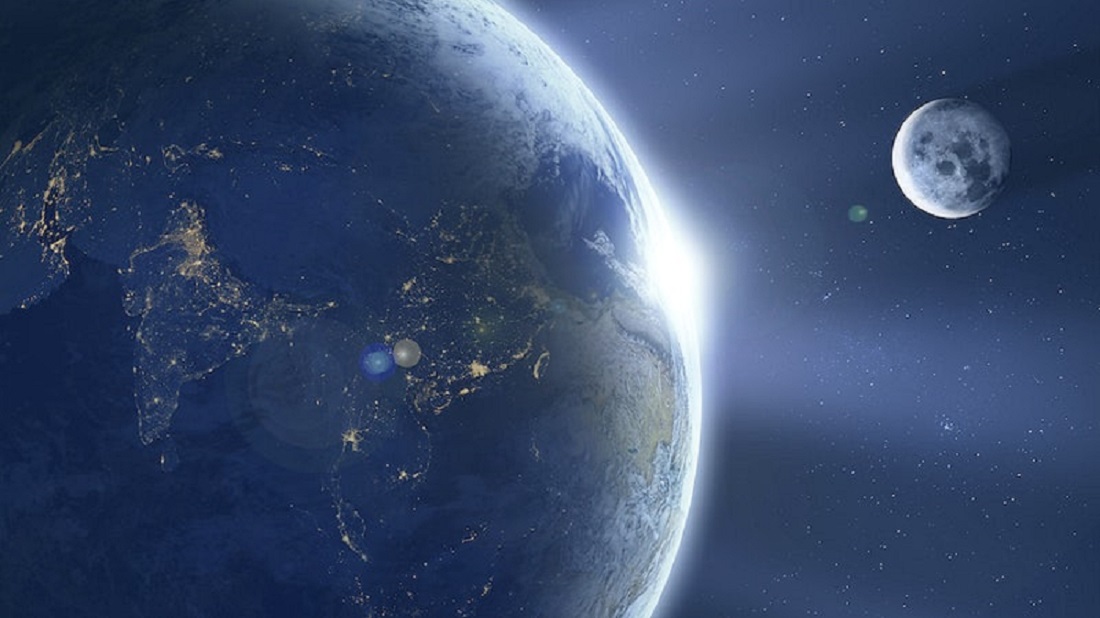This Sunday, the Earth is expected to gain a new mini-moon that is to stay for the next two months. Unlike the moon, as we know it, the mini-moon is expected to follow a horseshoe-like pattern instead of a full rotation around the Earth.
Dubbed Asteroid 2024 PT5, the 33-inch asteroid was discovered on August 7 by astronomers using the South African-based observatory of ATLAS (NASA-funded Asteroid Terrestrial-impact Last Alert System). It came from the Arjuna asteroid belt, a collection of rocks surrounding the sun in an orbit similar to the moon’s path around Earth. Scientists predict that on September 29, the asteroid will get stuck in Earth’s gravitational field and go into an orbit until November 25.
After two months in orbit, the mini-moon will stay near the planet for a few more months until reaching the closest approach in January 2025.
Many asteroids are frequently near the Earth, but they typically pass away or skim the planet and cause minimal damage. However, sometimes the asteroids are captured in Earth’s orbit due to a gravitational pull and temporarily become mini-moons. On Space.com, professor and author Carlos de la Fuente Marcos explained that “[mini-moons] can approach Earth at a close range of around 2.8 million miles (4.5 million km) and at low velocities of around 2,200 miles per hour (3,540 km/h).”
Although it is a rare occurrence for Earth, it’s not uncommon to see planets having multiple moons. Currently, Jupiter has 95 moons and Saturn has 146, some of them even being larger than entire planets. On the other hand, Earth—with the exception of satellites—usually has only one moon, a phenomenon that occurs due to the Hill sphere radius. The Hill sphere radius is the region in which planets exert a gravitational force on nearby objects and cause them to orbit. Since the Earth’s Hill sphere radius (around 1.5 million kilometers) is smaller than that of Jupiter or Saturn (around 50 million and 62 million kilometers, respectively), it has considerably fewer moons.
Unfortunately, the mini-moon cannot be seen with the naked eye due to its small size and dimness. Instead, it would need to be observed using a professional telescope of at least 30 inches. However, despite not being visible, there’ll be one more moon in the sky that will stay in orbit for 57 days beginning this Sunday.













































































































































